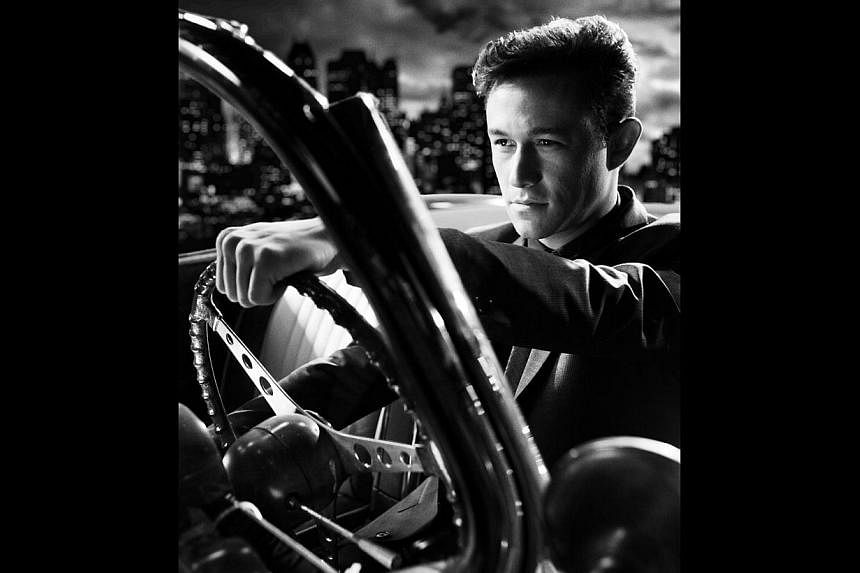Review Thriller
SIN CITY: A DAME TO KILL FOR (R21)
102 minutes/Opens tomorrow/****
The story: Five unconnected stories, taking place both before and after the events of the first movie, Sin City (2005), are presented. In one, Marv (Mickey Rourke) is recruited by the stripper Nancy (Jessica Alba), who is grieving over the death of Hartigan (Bruce Willis), the former cop who gave up his life to protect her in the first film. She seeks Marv's help in killing power-mad Senator Roark (Powers Boothe). In another story, Dwight (Josh Brolin) meets former lover Ava (Eva Green), who tells him she is being tortured by her tycoon husband.
Femmes do not come any more fatale than Green's Ava Lord.
In the parlance of the hard-boiled novels that inspired Sin City and this sequel, Ava's a dame with a heart of ice and a body made for sin.
The rest of the characters are stock players from the noir universe - there is the cynical gumshoe with a fatal blindspot, the soft-hearted whore, the crooked cop and the shadowy kingpin running a city.
The remarkable artistic feat of 2005's Sin City was just how little it mattered that it was a pure exercise in style.
Frank Miller, the creator of the comic-book source material, is an admirer of the Raymond Chandler-Mickey Spillane school of detective noir and the films of the 1940s and 1950s that their books inspired.
The first movie, which he and Robert Rodriguez co-directed, updated the genre by taking its conventions to extremes, both visually and thematically. Rodriguez pushed green-screen effects to the limits and the result was spectacular. Violence was notched up to splatter-movie levels, while sex reached soft-core limits. It was a sleeper hit.
It took nine years to produce a sequel and, in that time, Sin City's groundbreaking comics-to-screen visual literalism is now a cinema convention, due mainly to films based on Miller's other work in graphic novels, such as 300 (2006).
The stories here, based partly on other graphic works penned by Miller, explore the familiar ground of tortured masculinity, played out on an oversized, operatic scale. This is risk-taking, melodramatic stuff, but handled well.
Green, as the sultry, deadly Ava, delivers a calibrated performance in a role that could have easily tipped over into caricature. The same deft touch is seen in the parts of Dwight (Brolin) and Marv (Rourke).
Not all the threads work.
A side plot about a cop who falls for Ava goes nowhere, for example, and Marv, the human bulldozer with a soft spot for dames in distress, is now less of a character and more of a get-out-of-jail plot device, used whenever the truly evil side needs a pounding.
In this second work, Miller and Rodriguez have lost the element of visual surprise and they have nothing to replace it. For fans of the first film's uncompromising style, it is great news.



